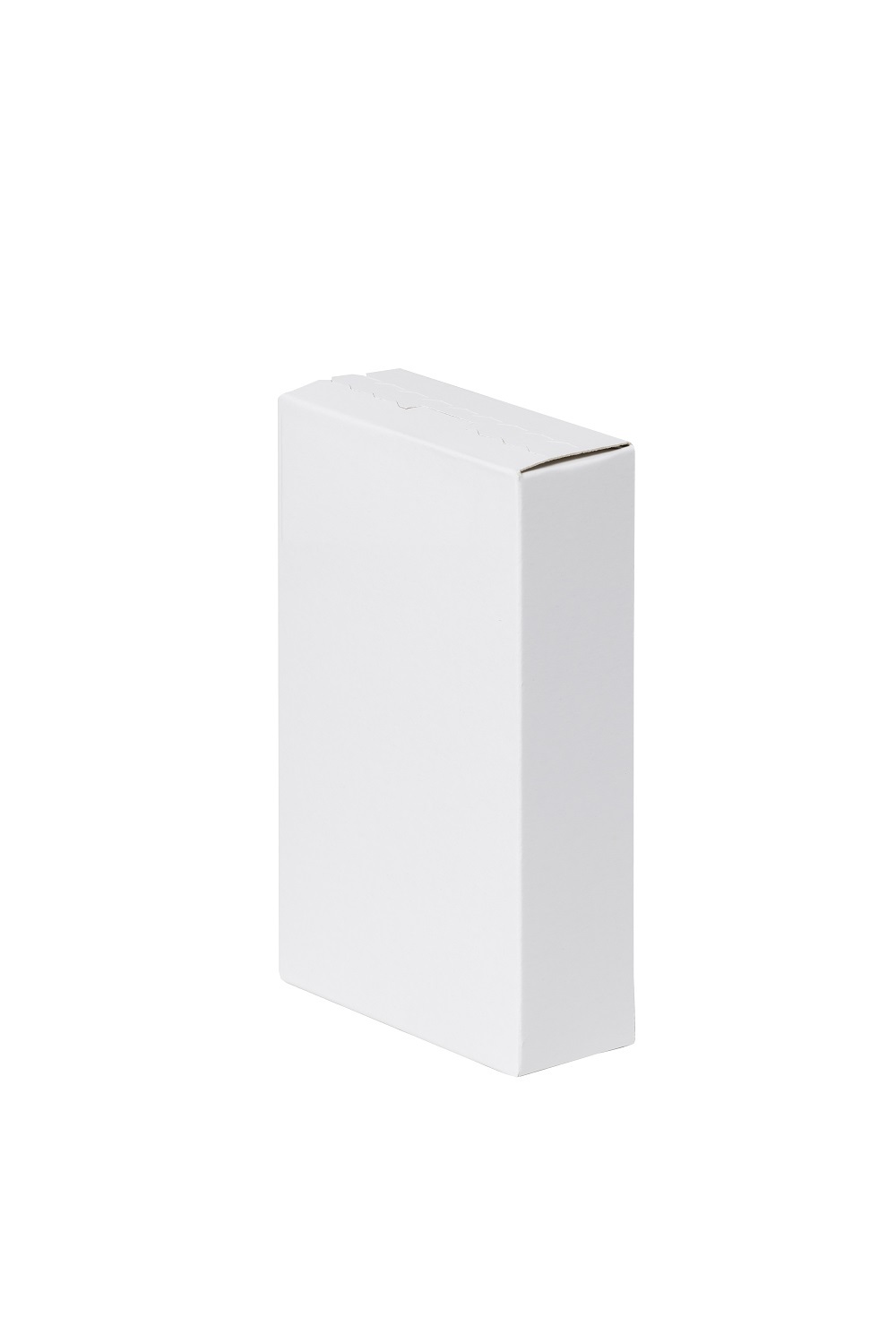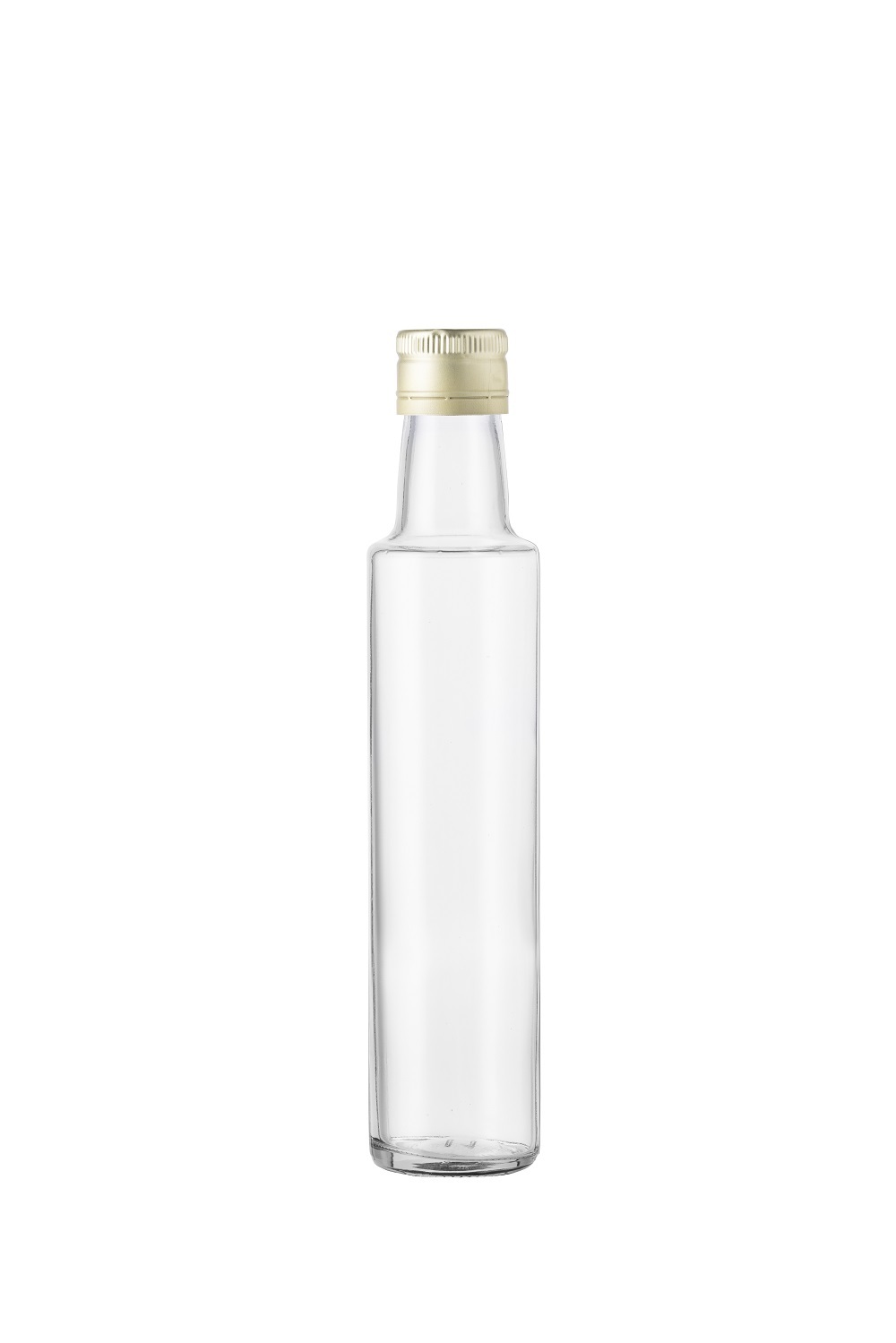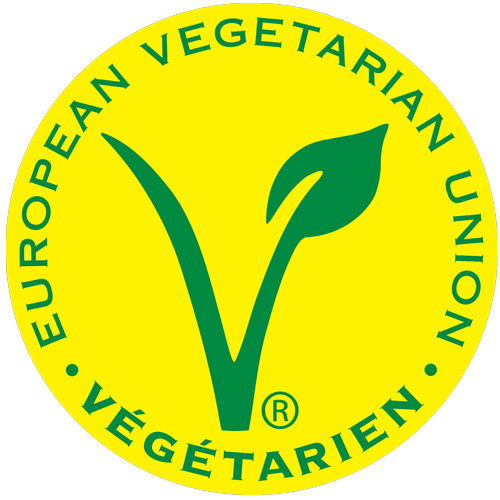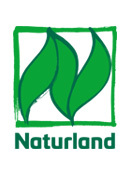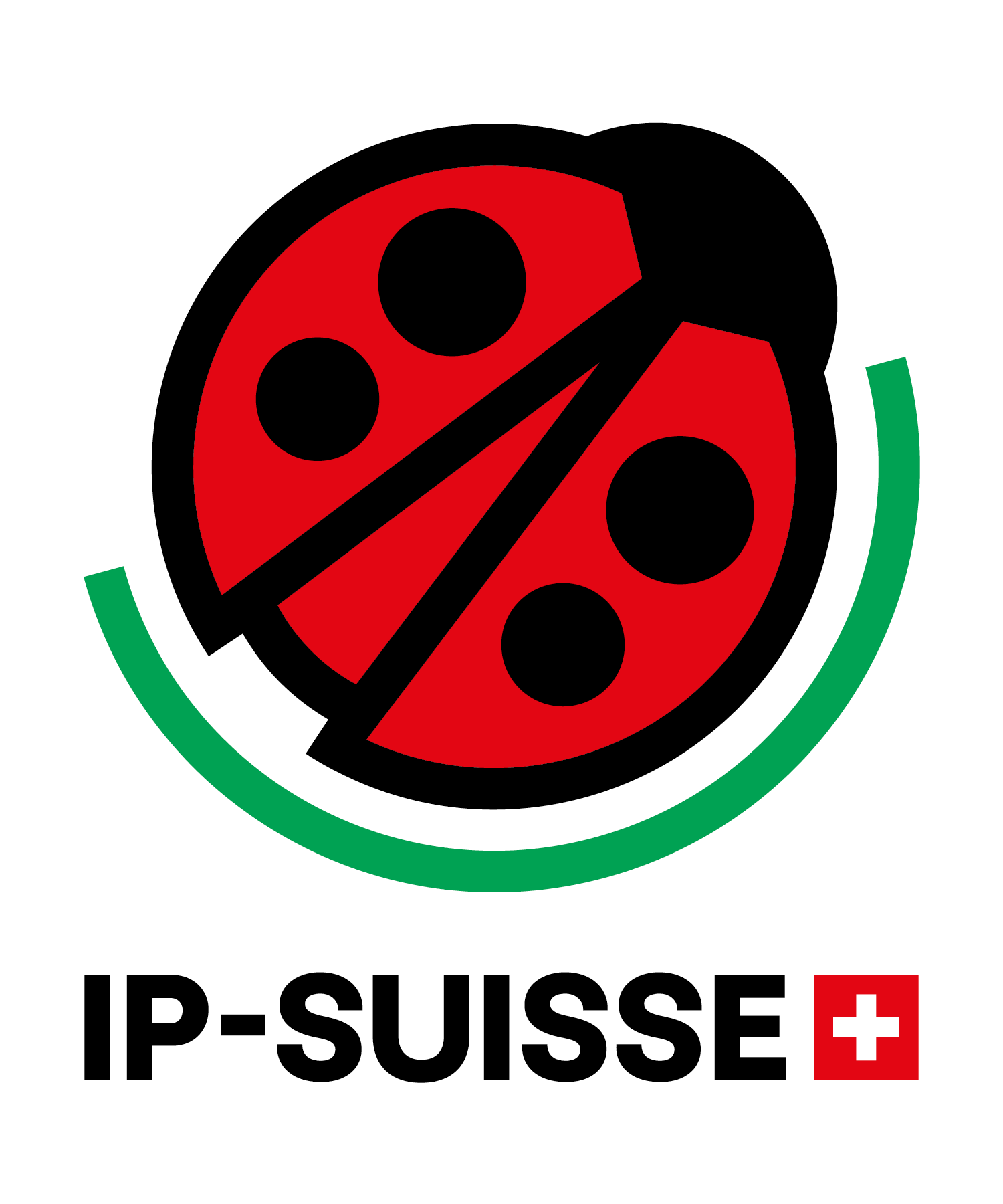Cookies
Um unsere Webseite für Sie optimal zu gestalten und fortlaufend zu verbessern, die Nutzung zu analysieren und personalisierte Werbung zu schalten, verwenden wir Cookies und ähnliche Technologien.
 Shop
Shop
Vinegar
Vinegar knowledge
Possibilities for use:
of Vinegar
Vinegar production is among the oldest food processing methods known to humanity.
Vinegar was already used by many ancient civilizations. Since vinegar is a natural product that can occur organically without human intervention, it is not referred to as an "invention" or the "first vinegar." It is assumed that vinegar often originated unintentionally from wine or beer. The wine or beer was stored in clay jugs or porous barrels. Due to the reaction of airborne acetic acid bacteria with alcohol, the liquids fermented and turned into vinegar. The French name "Vinaigre" derives from "sour wine," indicating its original production method.
Vinegar was already a multipurpose remedy in ancient times.
The ancient Romans drank vinegar diluted with water or juices as a refreshing beverage. Often, the vinegar made the drinking water palatable. Many also consider vinegar a remedy. In the 18th century. In the 18th century, vinegar was used to anoint the body or equipment as a means of warding off the plague. Today, vinegar is primarily used as a seasoning, preservative, or cleaning agent.
How is vinegar produced?
In vinegar production, the raw materials may vary, but the process usually remains the same:

The production of vinegar must not be seen as waste management. Only by using the finest raw materials and through careful processing can a high-quality product be produced. The variety of vinegar products, from cleaning vinegar through fruit and spiced vinegars to high-quality balsamic vinegar, along with the countless applications, make vinegar a very versatile companion in everyday life.
Vinegar is a natural product.
Vinegar is a natural product without chemical additives. Acetic acid bacteria converted the alcohol, present in the raw materials from alcohol/ethanol, grape wine, or cider, into acid. After bottling, a mother of vinegar may form. That is a mark of quality. This is facilitated by sunlight and mild temperatures (including room temperature). It may look unsightly, but the vinegar can be consumed safely. Simply strain through a tea strainer or filter to remove the vinegar mother.
Acidity of Vinegar
The Swiss food law dictates that vinegar must have a minimum acidity level of 4.5 (4.5° corresponds to an acid content of 45 grams per litre). Otherwise, the product may not be labelled as table vinegar. If the acidity is below that, the product is named as a vinegar preparation. Table vinegar typically has an acidity of 4.5° to 6°. In organic vinegar, the acidity level is typically between 5° and 6°, as per the Organic Production Ordinance. The higher the acidity, the less is needed for preparation. The acidity can be reduced by diluting with water. The effect of the acidity on the palate can be compared to that of alcohol. Beer goes down smoother than clear spirits.
The difference between clear and cloudy vinegar.
The cloudy vinegar is not filtered (microfiltration). The tiniest solid particles make the vinegar appear cloudy. Over time, these solid substances settle at the bottom of the container. In the case of clear vinegar, however, the solid particles are filtered through microfiltration (PE membrane 0.2 – 0.8 μm, mechanical separation process). As a result, all solid substances larger than the membrane pores are filtered out, making the vinegar appear clear.
